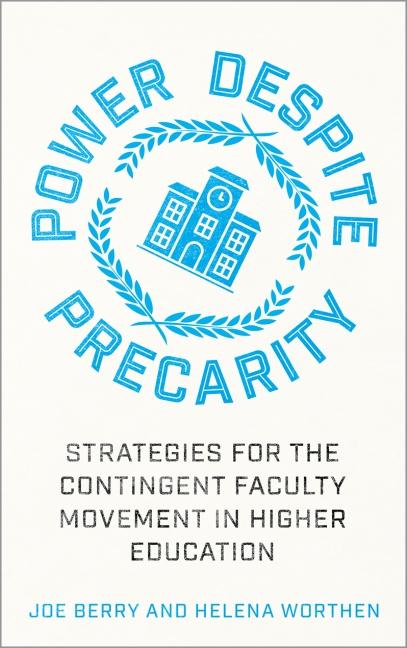The COVID-19 pandemic has been devastating for many in higher education. Campus closures, mass layoffs of faculty, and disruptions to teaching and research activities have had a significant economic impact for students, staff, and institutions—and they have only deepened societal inequities. According to the findings from a recent AFT survey of contingent faculty at two- and four-year institutions, low wages have increased food insecurity since the pandemic began and forced 39 percent to apply for public assistance to meet basic needs. For 25 percent, wages are below the poverty line for a family of four. Inadequate healthcare coverage has meant that nearly 45 percent put off needed healthcare, including mental health services. And the pandemic further eroded job security, leaving more contingent faculty struggling financially; fully 37 percent are unable to see a path to retirement.
What is the role of higher education in building a safe, equitable society amid global disaster? How has that role been made more challenging by the corporatization of education? And what can we do about it?
These are questions posed in Power Despite Precarity: Strategies for the Contingent Faculty Movement in Higher Education, coauthored by Joe Berry and Helena Worthen, retired members of AFT Local 2121, the City College of San Francisco Faculty Union. The book focuses on the precarious position of contingent workers in higher education—specifically those who are responsible for the majority of instructional activities in US colleges and universities. Contingent workers exist in a largely invisible space on their campuses, unrecognized as faculty in their departments, afforded few employment benefits or professional development opportunities, and commanding little of the respect of their full-time or tenure-track faculty colleagues, although they frequently have equal expertise and education. And unlike their colleagues, contingent workers’ continued employment hinges upon factors that have little to do with the quality of their teaching.
Because “faculty working conditions are students’ learning conditions,” the authors argue that contingency makes good teaching very challenging and ultimately harms the purpose of education. But contingent faculty have a recourse. Using an extended case study of the California Faculty Association’s (CFA) decades-long struggle with the California State University (CSU) system and the strategies that resulted in one of the best faculty contracts in the country, the authors argue that contingent faculty can build and wield influence through strategic collective action and help return higher education to serving the public good.
Berry and Worthen describe the decades-long history of organizing contingent faculty in the CSU system largely from the perspectives of their colleagues who had prominent roles in the work. These perspectives provide context for discussing the transitions and social conditions within higher education that created contingent faculty: the standardization and professionalization of disciplines in the late 19th century that led indirectly to the College Board and accreditation process; the expansion of access to higher education and social movements of the 1960s and 1970s to increase access and transform curricula for diverse student populations; and the neoliberal reform of the 1990s and early 2000s marked by corporatization, performance-based metrics, and the explosion of the numbers of continent faculty with little control over their work or career trajectories.
The ultimate goals of the contingent faculty movement driving unionization nationwide are simple: equal pay for equal work and job security—the minimum conditions for the academic freedom required by educators. The contract between the CSU and CFA did not fully achieve these goals; however, contingent faculty were able to increase salary parity with tenure-track faculty and win a degree of job security, among other key victories. This was the result of contingent faculty’s decades-long strategic effort to create change first from within the CFA. They organized internally and built an independent power base, then leveraged that power to make their voices heard by the employer.
While this “inside/outside” strategy is effective for creating awareness of and advocating for contingent issues at the local and regional levels, the goals of the movement require a strategy that will elevate the struggle to the national level. This strategy must involve more widespread organizing based on a collective understanding that precarity is a social problem common not only to contingent workers in higher education but to the working class as a whole—and it can only be solved with collective action. The strategy must also account for issues that affect union solidarity, including how to (1) organize faculty who have an incomplete understanding of the value of union membership or who associate activism with a “troublemaker” label or employer retaliation, (2) channel the emotions and stress associated with the experiences of contingency into collective action, and (3) address contradictory ideas about what the union should be and do in ways that do not sacrifice relationships or stall action.
The future of higher education undoubtedly includes more battles about contingency as institutions confront continuing globalization, funding, and academic freedom concerns. But there is cause for hope in the increasing numbers of contingent faculty being organized, the emergence of new leaders who better reflect the current workforce, and the growing national prioritization of contingent faculty issues. Contingent faculty are essential workers in higher education, and they have the power to change their precarity as they create a democratic union where all members see themselves as part of the larger labor movement, think strategically, and act collectively to propel the movement forward.

